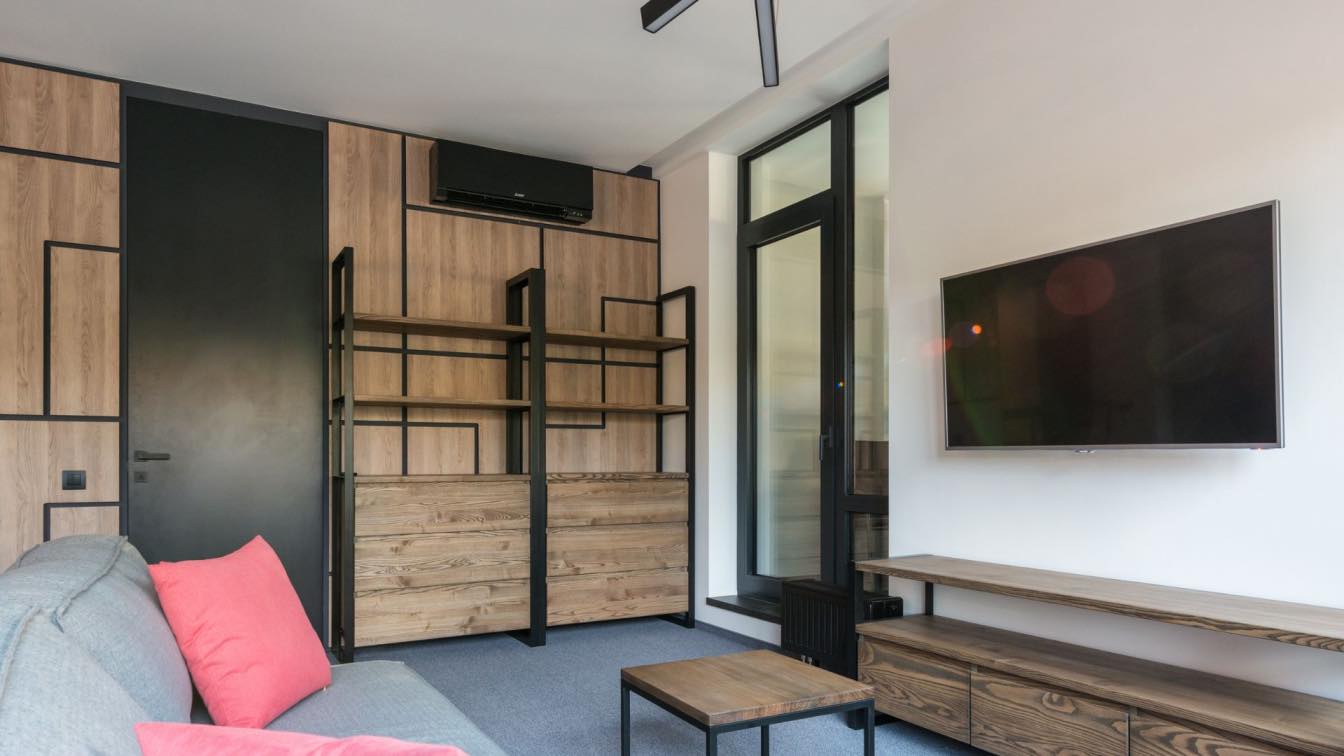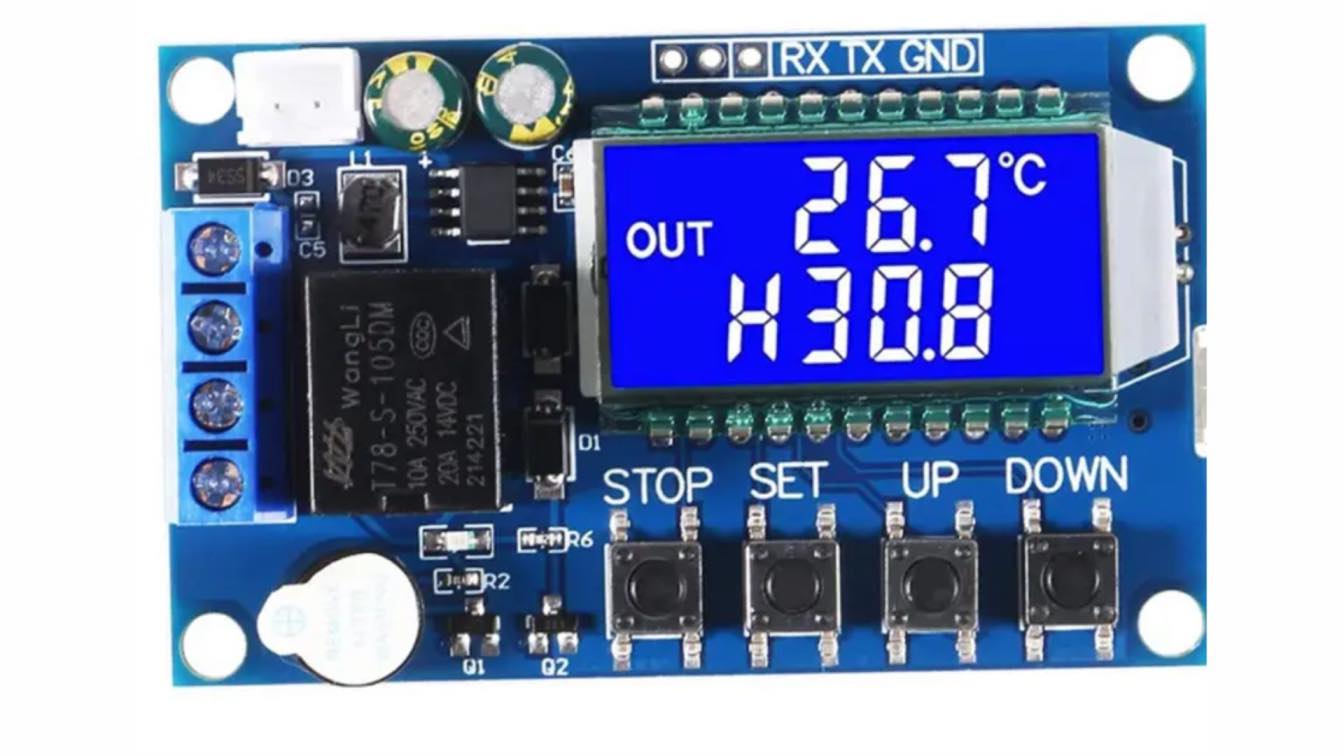Installing an air conditioner can seem like a daunting task, but with the right tips and advice from the experts, it can be a breeze! This blog post will outline the steps you need to take in order to properly install your air conditioner.
Get Some Help
This should not be a DIY project because it's essential to get things done right. People from all around America's Finest City are hiring professionals for air conditioning installation in San Diego because that way they can save a lot of time and money. Having this appliance set up properly will benefit you tremendously.
Professionals will first inspect your home in order to determine the best location for your air conditioner. They will also help you select the right model for both your home and cooling needs. After that, they will properly install the unit according to industry standards.
This is important because if an air conditioner is not installed correctly, it could lead to a number of problems.
Prioritize Energy Efficiency
You'll also want your AC to be as energy efficient as possible. A new air conditioner can save you up to 30% on your energy bill, so it's worth prioritizing this feature when shopping for a new unit.
To achieve this, you should find a shady spot for your AC. If it's in direct sunlight, it will have to work harder to cool down your home. You should also clean or replace the filter regularly to ensure optimal airflow and efficiency. Lastly, make sure that all doors and windows are sealed tight when the AC is running so that cooled air doesn't escape.
By following these tips, you can be sure that your new air conditioner is installed properly and efficiently!
Pick The Right Type
There are various types of AC appliances. These are the following:
- Central air conditioners
- Room air conditioners
- Portable air conditioners
- Window air conditioners
You must know the square footage of the space that needs to be cooled before you buy an AC unit. You should also look for the following features:
- EER (energy efficiency ratio): The higher the EER, the more energy-efficient the AC unit is.
- Seasonal Energy Efficiency Ratio (SEER): The higher the SEER, the more energy-efficient the AC unit is.
- Dehumidification: This feature removes moisture from the air, making it more comfortable to breathe.
- Timer: A timer allows you to set the AC unit to turn on and off at specific times.
- Remote control: A remote control lets you adjust the settings from anywhere in the room.
Apart from these, it's also important to maintain your air conditioner properly so make sure to find an appliance that's easy to take care of.
Clear The Ductwork Beforehand
The ductwork should be the first thing you clear before installing an air conditioner. This will ensure that there is proper airflow and that the system will work correctly. You can do this by using a brush or vacuum to remove any debris from the ductwork.
If you have never done this before, it is best to hire a professional to do it for you. They will have the proper tools and equipment to get the job done quickly and efficiently. clearing the ductwork is a vital step in properly installing an air conditioner and should not be overlooked.
Find The Right Spot
Look around your house to find the perfect spot for your new air conditioner. You'll want to find a spot that is away from any windows and doors, as well as any trees or shrubs. Once you've found the perfect spot, make sure to measure the area so you know what size unit you need to purchase.
You'll also want to take into consideration where the sun hits your house throughout the day. If you have a spot that gets direct sunlight, you'll want to avoid placing your air conditioner there. The sun will cause the unit to work harder and use more energy, which will end up costing you more money in the long run.
Move It Away From The Ceiling
You should also make sure the AC is being set up at the right height, meaning not too close to the ceiling. This could impede airflow and prevent your AC from working properly. So, moving it away from the ceiling a bit can help ensure better airflow and more efficient cooling in your home.
The experts also recommend that you keep the AC unit level. If it’s not level, then the condensate pan could tilt and cause water to leak out. This is why it’s important to make sure the AC is installed at level, so there are no issues with leaks down the road.
Set The Pipe Right
The pipe that's connecting the indoor and outdoor units of your air conditioner should be set properly. This is to ensure that there's no leakage and that the coolant is flowing smoothly. setting the pipe right is one of the most important steps in properly installing an air conditioner.
If you're not sure how to set the pipe right, it's best to ask for help from a professional. They'll know exactly what to do and will make sure that your air conditioner is installed correctly.
Put Up The Outdoor Unit Properly
Having clean air in your home is essential for your overall health, which is why you need to be extra careful when installing your air conditioner. To ensure that your AC is installed properly, you need to pay extra attention to putting up the outdoor unit.
When doing so, make sure to level the outdoor unit on a firm and level base as well as install the outdoor unit in an open area, away from any obstructions. Also, you should use vibration pads or isolation mounts to reduce noise and vibration.
The outdoor unit requires special care because it houses the compressor, condenser, and other important parts of the air conditioner. If these parts are not installed properly, it could lead to serious problems down the road.
Air conditioning is something every modern household needs which is why you should get help while installing it. Prioritize energy efficiency and pick the right type of AC for your home. Clear the ductwork before setting it up and choose the right spot for the appliance. Make sure it's away from the ceiling for better airflow and set the pipe right to connect the two units. Finally, make sure to set the outdoor unit up properly to ensure everything works fine!





